Report – Mobile Broadband Can Help to Fight UK Digital Exclusion
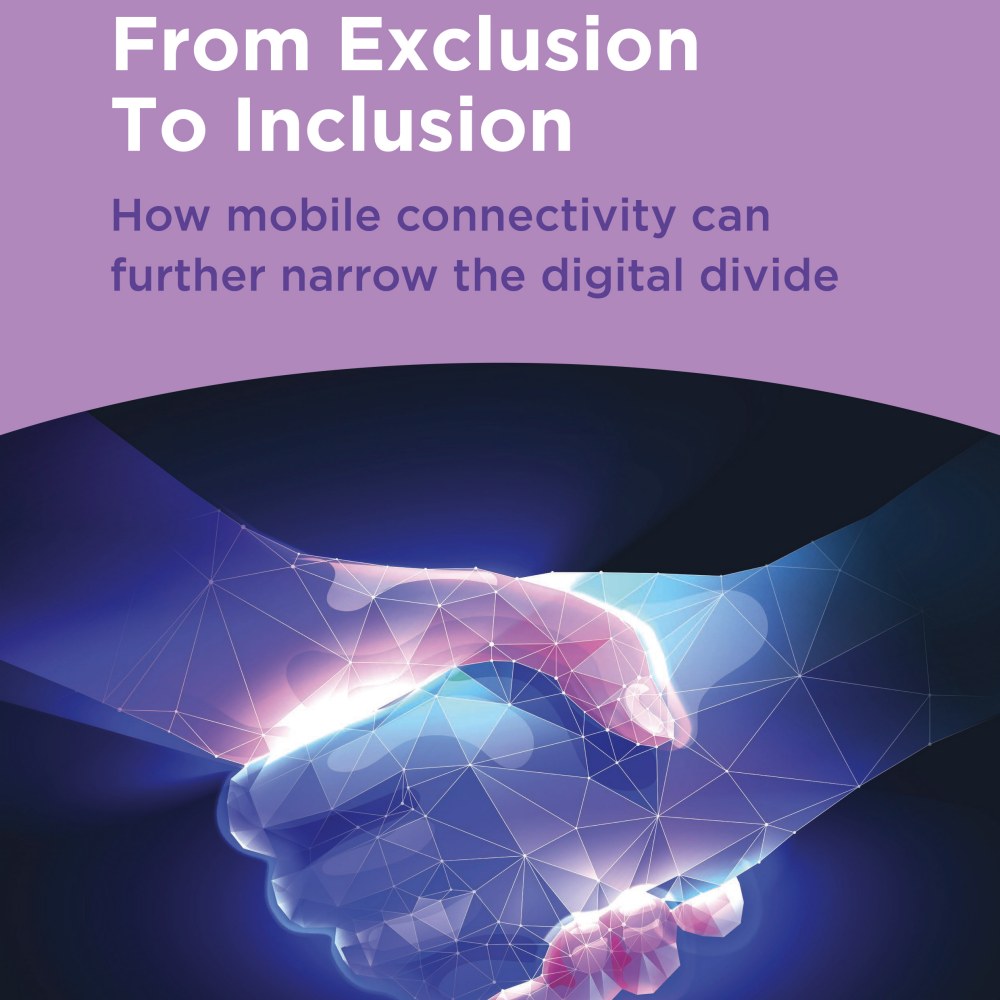
A new report from trade body Mobile UK, which represents Three UK, EE (BT), O2 (VMO2) and Vodafone, has helped to highlight how mobile connectivity can tackle the digital divide and encourage more people online. But it also highlights the need for “better Government policy” to complement such efforts.
The report – ‘From Exclusion to Inclusion‘ – starts off by highlighting data from Ofcom and the ONS, which for example notes that 21% of UK adults (or 1.5 million households) are now only accessing the internet using a Smartphone or mobile broadband (4G/5G). At the same time, 6% of the nation’s households have no access to the internet and 4.2 million adults have either never used the internet or have not used it in the past three months.
Admittedly not everybody needs or wants an internet connection, and so should not be forced to take it, yet it is also a reality that many services expect or require it when performing key tasks. People who are digitally excluded are thus often left at risk of experiencing less effective healthcare, educational barriers, greater living expenses and lower earnings.
However, the report notes that digital exclusion cannot be addressed solely with better fixed broadband and mobile provision, which is very relevant given all the work occurring in this area. For example, the rollout of faster 5G networks and the £1bn Shared Rural Network (SRN) project to extend UK geographic 4G mobile coverage to 95% by the end of 2025. As such, it makes five key recommendations.
The Five Recommendations
1. UK Government to update national digital inclusion strategy digital inclusion strategy.
An updated digital inclusion strategy could include explicit targets. It could also include minimum expectations of what Whitehall departments need to consider in respect of digital exclusion and public services, as well as incorporating the subsequent recommendations. The Government’s last digital strategy was in 2014 – there is currently no central policy ownership.
2. Enable investment to keep mobile connectivity competitively priced.
In 2021, MNOs invested £2bn in capital investment to improve their networks. The current investment environment is extremely challenging. Over the last decade mobile operators have faced flat or declining average revenues per user (ARPU), increased regulation, and a huge increase in demand for data as more and more people rely on mobile connectivity. This has created an investment gap, meaning that the Government needs to implement a framework to narrow that gap and incentivise investment.
3. Promote the use of accessible and mobile-friendly websites.
With 71% of smartphone users saying that it is more difficult to complete a form on a phone than a laptop, there is scope to make websites more accessible to mobile phone users, as well as those people less familiar with the internet. This can be done both by setting standards for public bodies and by setting standards for the private sector.
4. Use public services to promote digital inclusion.
Public services both have significant contact points with the vast majority of digitally excluded people, and a motivation to get them online so they can better access that public service. For example, Local Authorities could act as a “front door” to digital services
5. UK Government centrally funded Digital Champions across all local authorities.
These are senior roles within local authorities which must be underpinned with political support created to coordinate digital policy and work with industry to smooth the way for the deployment of digital infrastructure.
Gareth Elliott, Mobile UK Director of Policy and Communication, said:
“Mobile connectivity is already fundamental to our daily lives yet its importance in the debate about digital inclusion is less understood. In this report, we highlight the growing reliance on mobile, particularly among vulnerable people, the barriers people face, and call on the government to address these issues with clear policy direction by updating the national inclusion strategy to tackle the digital divide.”
In terms of no.2 above (investment), Mobile UK appears to be calling for two things – implementation of the new Wireless Infrastructure Strategy (here) and reform of the Net Neutrality regulations to make it easier and more sustainable to offer low cost packages to the most digitally excluded (Ofcom seem to already be doing this).
The third recommendation is a bit more out of left field, since setting standards for mobile-friendly websites in the private sector (no reason why the Gov can’t do it for the public sector, though) is more the preserve of internet standards bodies, as well as Google etc.
However, most websites already have to be mobile-friendly, unless they want to completely shoot themselves in the foot (traffic wise). Equally, some would argue that too much mobile friendliness has made the desktop viewing experience much more laborious, since modern websites often force you to scroll a lot more to find key information (even if you have a large high resolution monitor, due to oversized text and content boxes).
Finally, we come to that familiar call for more Digital Champions, which some might argue just adds another layer of bureaucracy. However, there is some sense in doing this at a local authority level, as it makes it easier for mobile and broadband providers to know who they should be engaging with that can understand their needs and related issues (digital skills etc.). But so far the Government has only done this at a national level (here), and it’s unclear how effective that will be.
Mark is a professional technology writer, IT consultant and computer engineer from Dorset (England), he also founded ISPreview in 1999 and enjoys analysing the latest telecoms and broadband developments. Find me on X (Twitter), Mastodon, Facebook and Linkedin.
« Sky to Launch 4K Smart Camera for Broadband-based Glass TV UPDATE
Latest UK ISP News
- FTTP (5669)
- BT (3552)
- Politics (2585)
- Openreach (2334)
- Business (2311)
- Building Digital UK (2265)
- FTTC (2056)
- Mobile Broadband (2022)
- Statistics (1818)
- 4G (1709)
- Virgin Media (1659)
- Ofcom Regulation (1488)
- Fibre Optic (1419)
- Wireless Internet (1412)
- FTTH (1382)








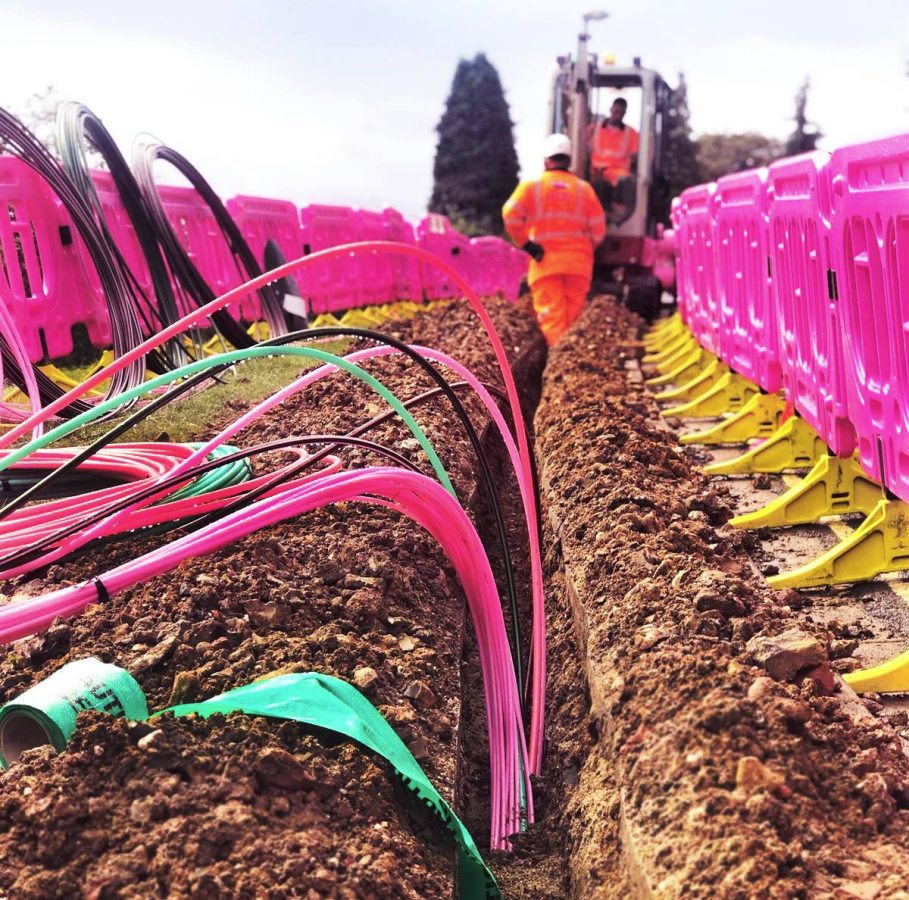

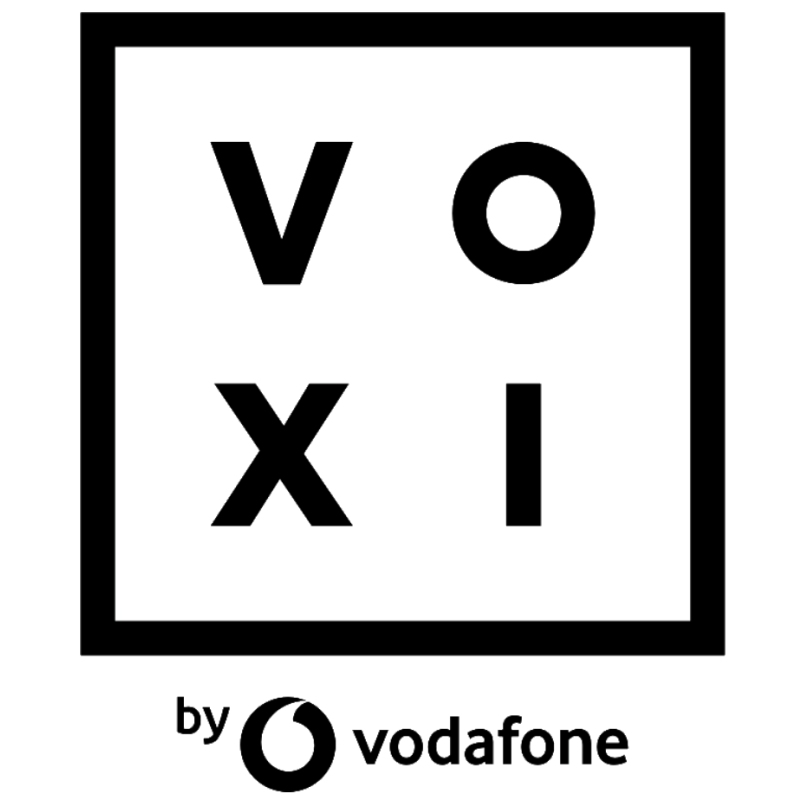


























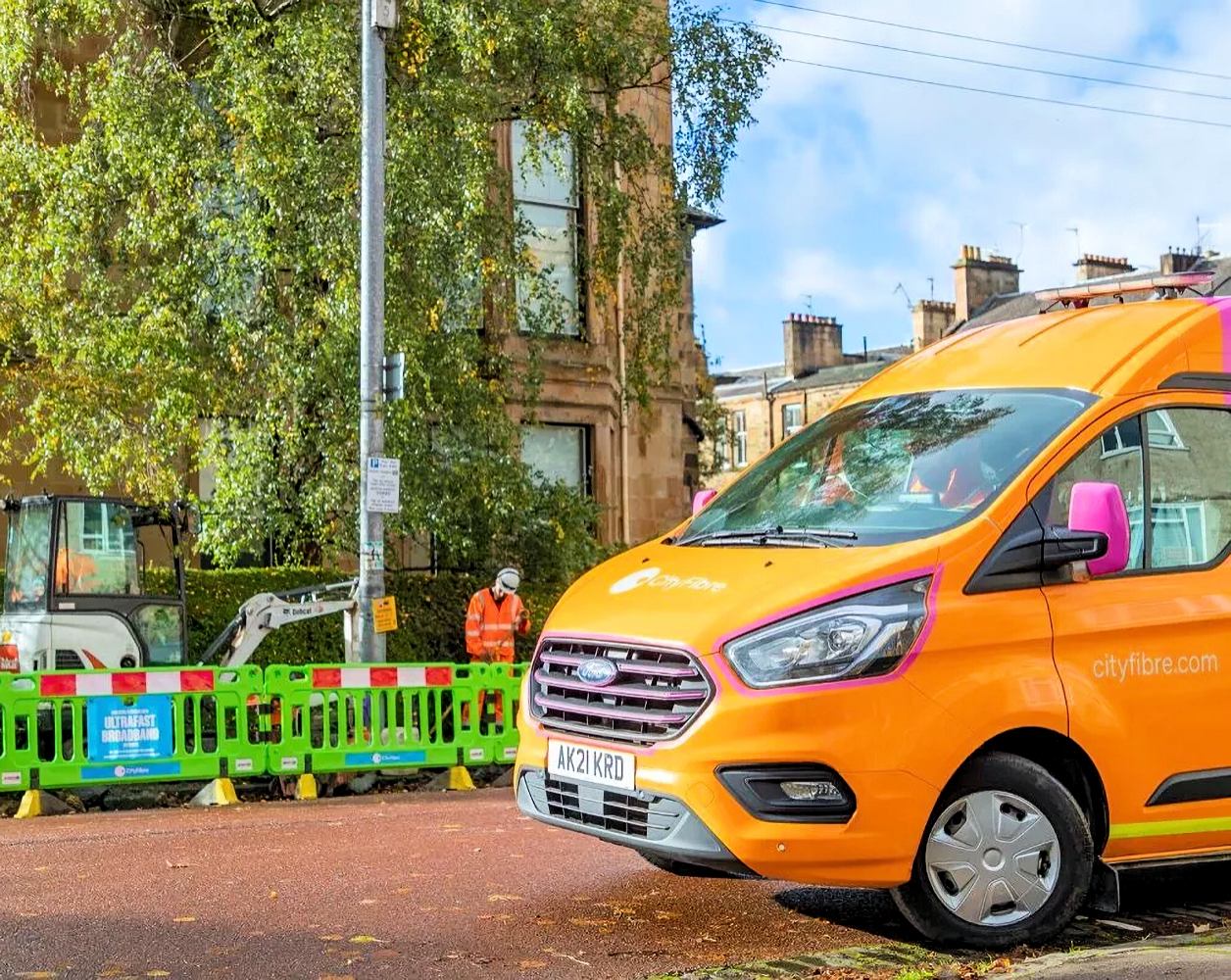





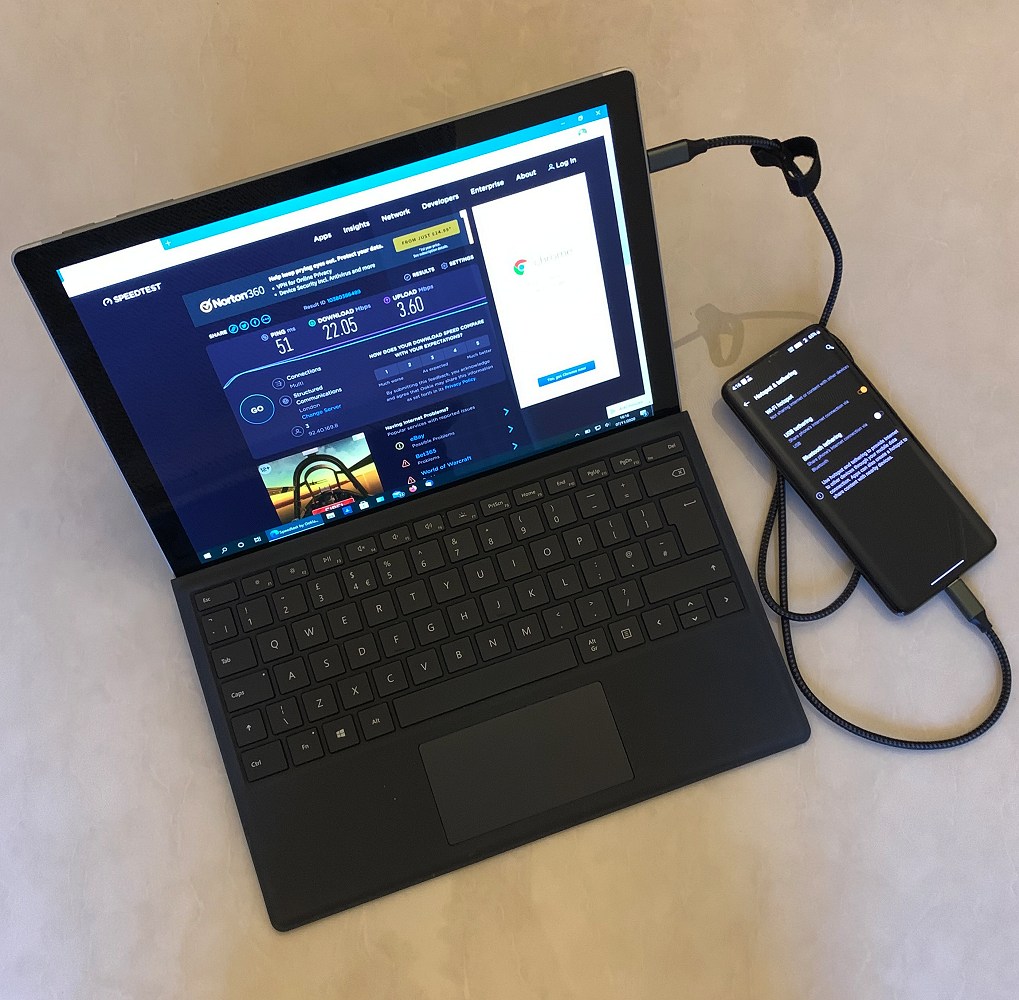


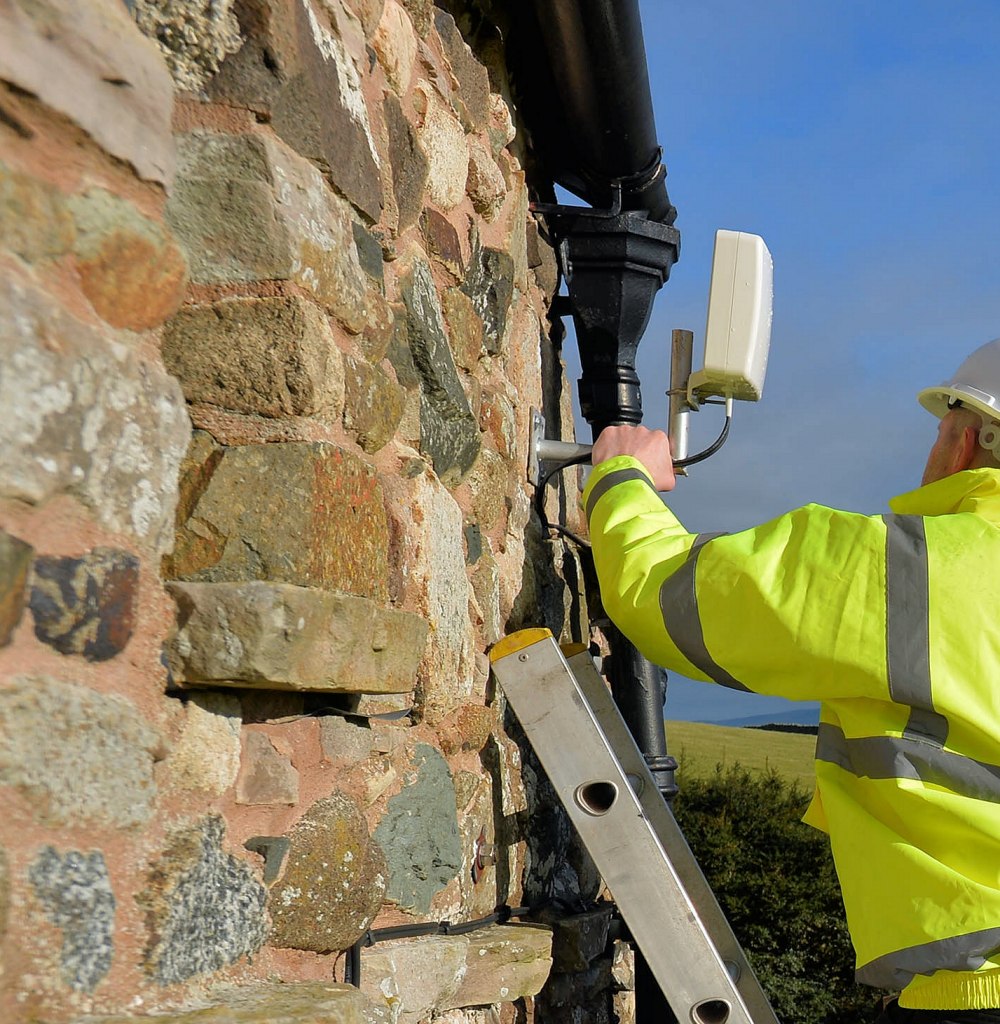






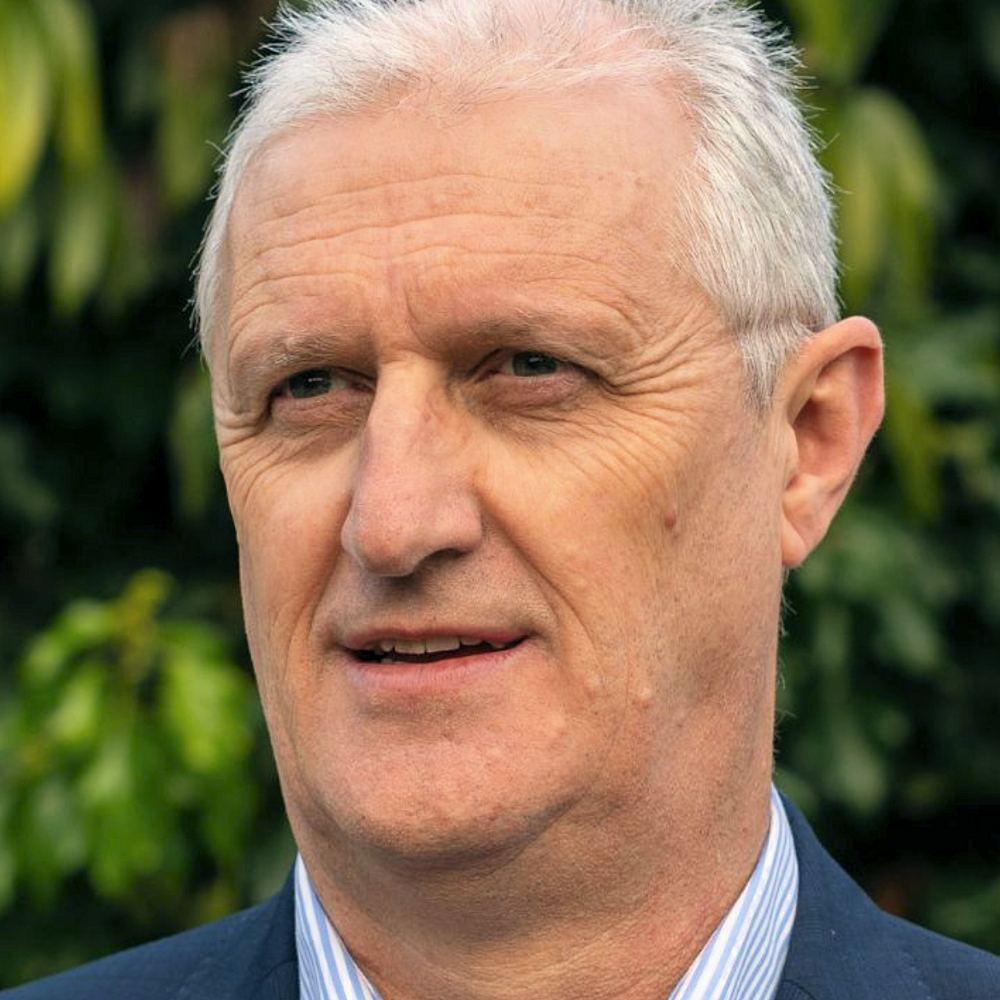

Item 2 appears to be an unveiled call for subsidy. There’s already generous tax offsets for investment, evidently the MNOs want more.
With the “inflation plus” pricing model that all MNOs have adopted in recent years I’d like to propose that they invest the additional money that raises in their own assets. And if that’s not enough, maybe they need to revise their business practices that drive churn and low profit acquisition pricing.